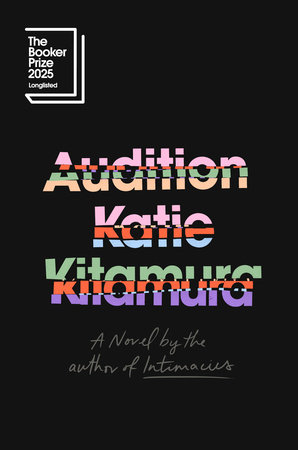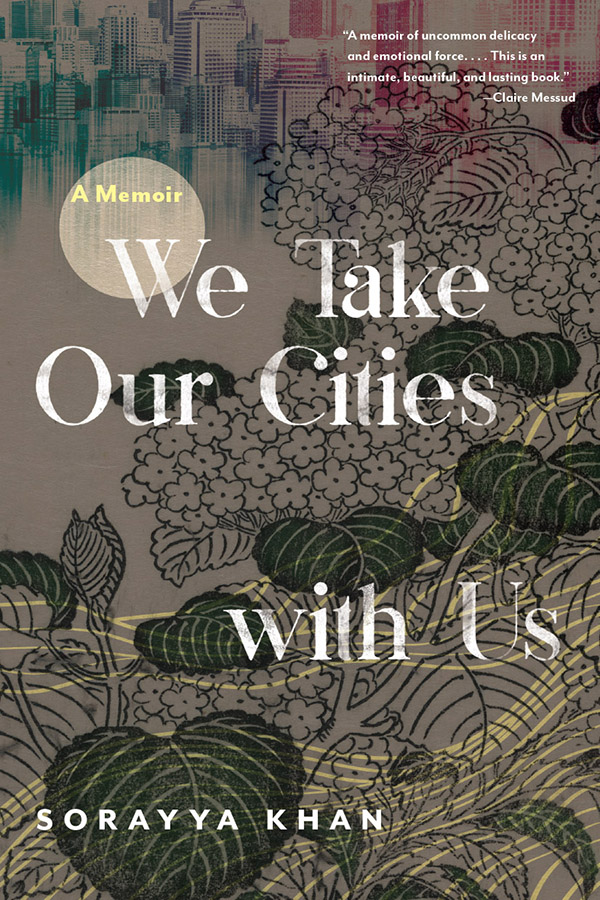A Review of Sandeep Jauhar’s My Father’s Brain (Farrar, Straus and Giroux, 2023).
Jun. 25th, 2025 07:45 pm
Written by Stephen Hong Sohn
Edited by Uttara Rangarajan
For a very long time, I avoided reading in the doctor-memoir genre. I think part of my hesitation was that it brings up complicated personal feelings given that I gave up a spot in medical school to go after this thing called a doctorate in literary studies. Of late, I’ve been more willing to dive into this genre, certainly in part due to the rise of interest in disability and illness studies, and here I am reviewing Sandeep Jauhar’s My Father’s Brain (Farrar, Straus and Giroux, 2023). We’ll now move to the marketing description: “A deeply affecting memoir of a father’s descent into dementia, and a revelatory inquiry into why the human brain degenerates with age and what we can do about it. Almost six million Americans—about one in every ten people over the age of sixty-five—have Alzheimer’s disease or a related dementia, and this number is projected to more than double by 2050. What is it like to live with and amid this increasingly prevalent condition, an affliction that some fear more than death? In My Father’s Brain, the distinguished physician and author Sandeep Jauhar sets his father’s struggle with Alzheimer’s alongside his own journey toward understanding this disease and how it might best be coped with, if not cured. In an intimate memoir rich with humor and heartbreak, Jauhar relates how his immigrant father and extended family felt, quarreled, and found their way through the dissolution of a cherished life. Along the way, he lucidly exposes what happens in the brain as we age and our memory falters, and explores everything from ancient conceptions of the mind to the most cutting-edge neurological—and bioethical—research. Throughout, My Father’s Brain confronts the moral and psychological concerns that arise when family members must become caregivers, when children’s and parents’ roles reverse, and when we must accept unforeseen turns in our closest relationships—and in our understanding of what it is to have a self. The result is a work of essential insight into dementia, and into how scientists, caregivers, and all of us in an aging society are reckoning with the fallout.”
So, at this point, I’ve read a couple of different texts—both nonfictional and not—that deal either with dementia and/or Alzheimer’s. The former term is a broader one that encapsulates various types of degenerative brain diseases, including things like Pick’s Disease (etc.). The caregiving aspect is what will stay with me the most, as Jauhar must constantly work with his siblings to find out what will preserve his father’s quality of life, on the one hand, and while on the other hand the family members try to carve out their own futures. This balance is very difficult, given demanding jobs and the children that each of the siblings must care for. Fortunately, Jauhar’s father has a very enterprising live-in housekeeper named Harwinder, who often engages in the brunt of the day-to-day care work, but even this assistance is often not enough. This description also fails to mention the important fact that Jauhar’s mother passes away from Parkinson’s related issues around the time that Jauhar’s father begins the most precipitous descent into dementia. So, even as the family must grieve, they are simultaneously dealing with the increasing debility of their father, both in mind and body. What is perhaps most disappointing about what Jauhar reveals is how little assistance is given to those who need it most. Dementia-related research and aid pales in comparison to other illnesses, such as cancer. Further still, there are few effective treatments that slow or halt the disease progression, especially once the disease has advanced. In this sense, to write about someone suffering about dementia is to place oneself in the role of the witness, and this aspect is perhaps the clearest form of care and love that Jauhar demonstrates in this work. What I appreciated most was the balance of accessible scientific information that appears alongside the more common conventions of the memoir. In this way, readers are able to get considerable context about the history of dementia and how it has been treated along with the more intimate look that Jauhar generously provides us. One of the most impressive elements of this memoir is Jauhar’s willingness to dive into the occasional fractures that emerge when family members differ in the approach to an ailing loved one’s care. At the end of the day, Jauhar and his siblings understand that they must put the needs of their father front and center, even as they sometimes debate over the course of action. In this spirit of tenderness amid so much heartbreak and volatility, Jauhar’s memoir has much to teach us about the challenges that come with the lengthy journey that is dementia.
Buy the Book Here


















